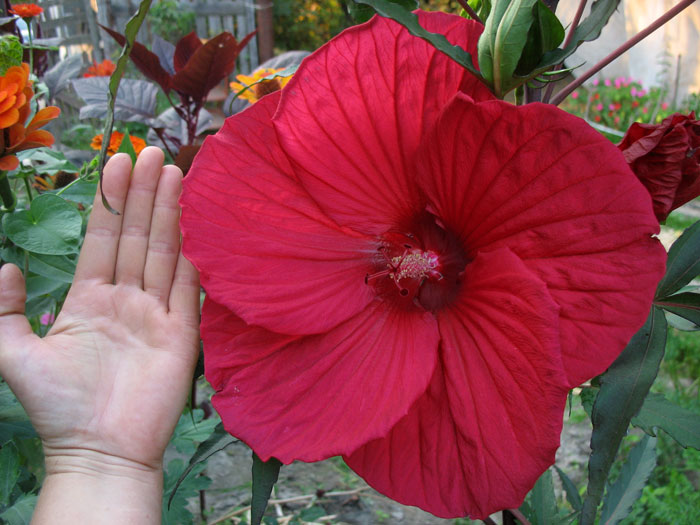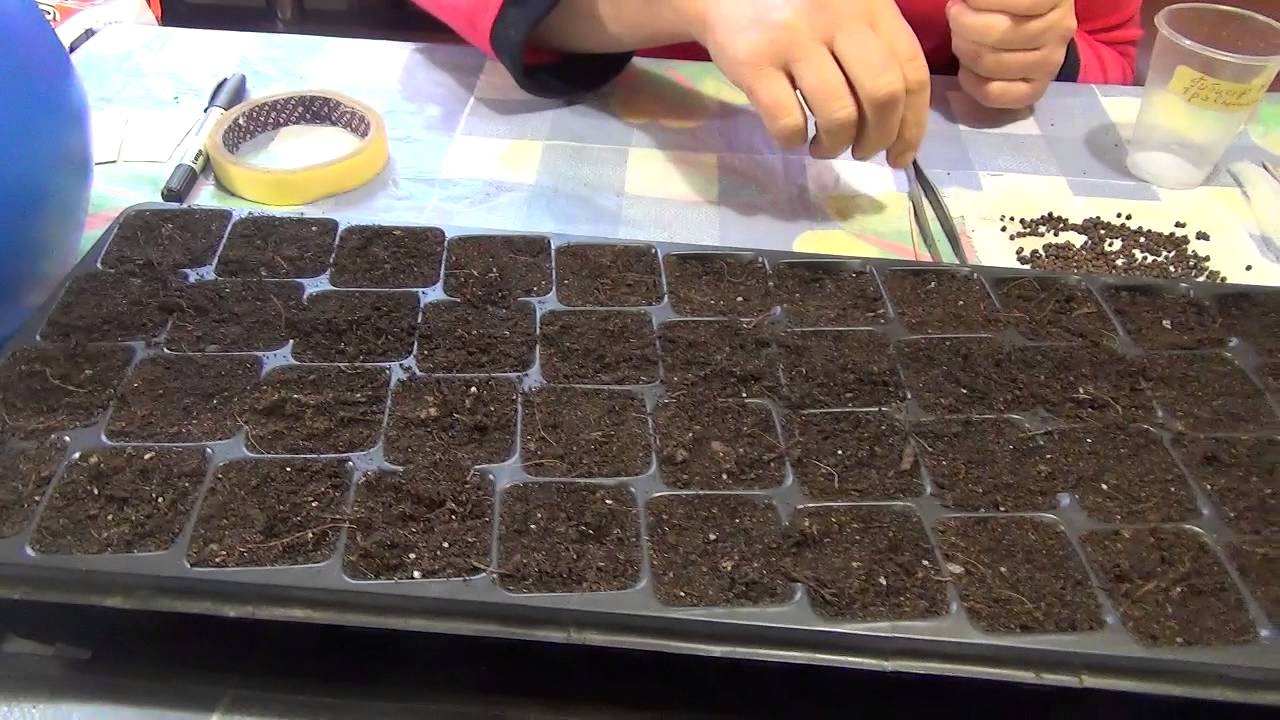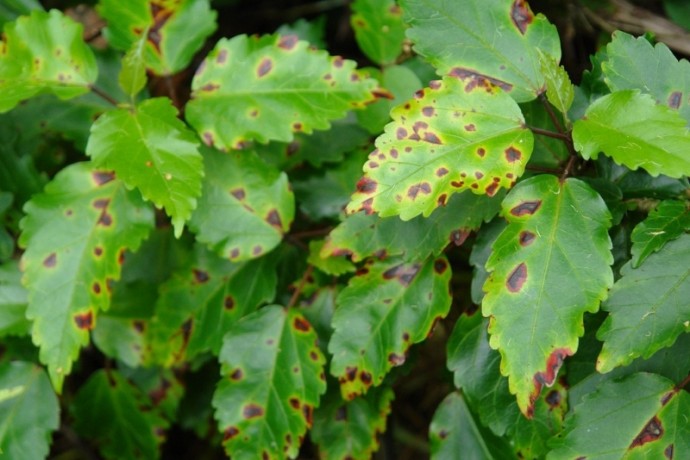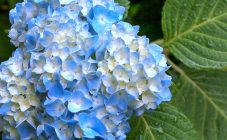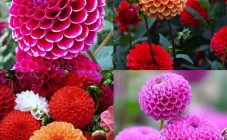Content:
Hibiscus is a plant of the Malvov family. It grows freely in the subtropical latitudes of the USA, Africa, Asia. The modern catalog contains about 300 species of this flower. Marsh hibiscus is the most common species, cultivated in gardens, greenhouses, apartments. For the winter, the shoots of this type of flower completely die off so that young ones appear in the spring.
Description of the variety
The beauty of the plant rivals that of roses: the very large flowers have a double perianth and a subset. The color is dominated by a red-pink range with dark spots at the corolla.
The hibiscus has well-developed and rather powerful roots, reliably holding the trunk, about 3 m high, covered with a developed crown, which can reach 1.8 m in diameter. Heart-shaped leaves with a glossy upper surface have a pubescent lower part and denticles along the edges.
The flower blooms early in the morning to wither in the evening and give way to another. In place of the dried bud, a box begins to develop, in which there are seeds of a wine shade and a light woody aroma.
Growing hibiscus
Although the flower is thermophilic, it does not cause much trouble due to its hardiness during cultivation. Having bought a marsh hibiscus, planting and care in the open field on the site can be carried out after a short quarantine.
Reproduction
You can increase the hibiscus population by cuttings or seeds. Growing from cuttings is considered the easiest way, as branches cut in spring take root easily in wet sand.
Flower propagation from seeds is carried out after preliminary soaking in a stimulant solution. A hibiscus seed is planted in a box filled with sand and peat and covered with glass to create a warm and humid microclimate. The grown seedlings are dived into separate containers. With this kind of cultivation, the first flowering will occur in 3 years.
Transfer
While the culture is young, it is transplanted annually, and an adult - every 3-4 years. The optimal time for transplanting is the first decade of May. The hibiscus removed from the old container is transferred to a more capacious one, having previously laid the drainage. Moreover, a clod of earth is not removed from the roots, but fresh nutrient soil is added to the container.
Plant care
Throughout the growing season, marsh hibiscus needs to create moist conditions, but watering should be carried out only when the top of the soil dries out a little. In addition, the garden flower must be sprayed.
The flowering plant is fed monthly with mineral supplements with a high nitrogen content. During hibernation, home flowers are fed with fertilizers with potassium and phosphorus. Street hibiscus begins fertilizing before waking up.
For indoor plants, additional lighting should be provided in the winter for at least 10 hours. The temperature for winter recreation of the culture is acceptable around 15 ° C.
For decorativeness, the crown of the flower is cut in spring. It is advisable to do this in the winter, while removing all damage. Healthy trimmed parts can be rooted.
Diseases and pests
Lack, as well as an excess of nutrition or watering, negatively affects the culture: buds and foliage are dumped. Besides:
- if old leaves turn yellow, and young ones fall off, then the quality of the water is poor - there is a lot of chlorine in it;
- a long absence of flowering indicates an excess of fertilizers;
- cold and dampness will provoke root rot;
- extreme heat in the absence of moisture will attract a spider mite to the hibiscus.
Hibiscus in the landscape
Using a plant to decorate a garden, yard and create landscaping has many options:
- Hibiscus are planted in a circle, in a square. The grown plants soon close the crowns, forming a flowering recreation area.
- The flower is suitable for decorating fences, walls, screens, decorating the entrance and front area.
- In the far reaches of the garden, you can plant whole thickets of hibiscus and arrange it with gravel.
- The flower looks unusual in flower beds and in single plantings.
Thus, there is no hassle with growing a flower, but there are some nuances. Proper care will allow hibiscus to decorate gardens and delight with its flowering for almost 30 years.
